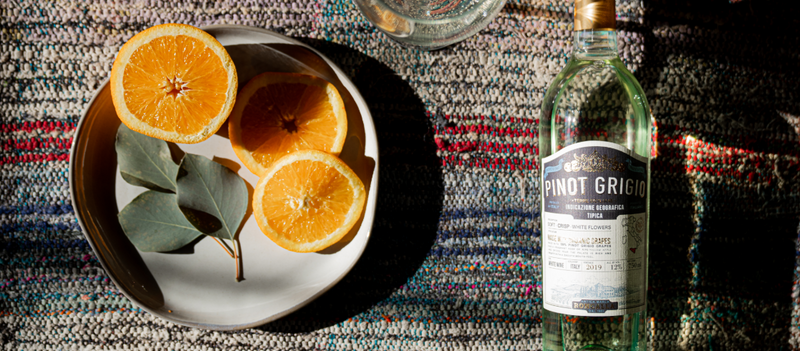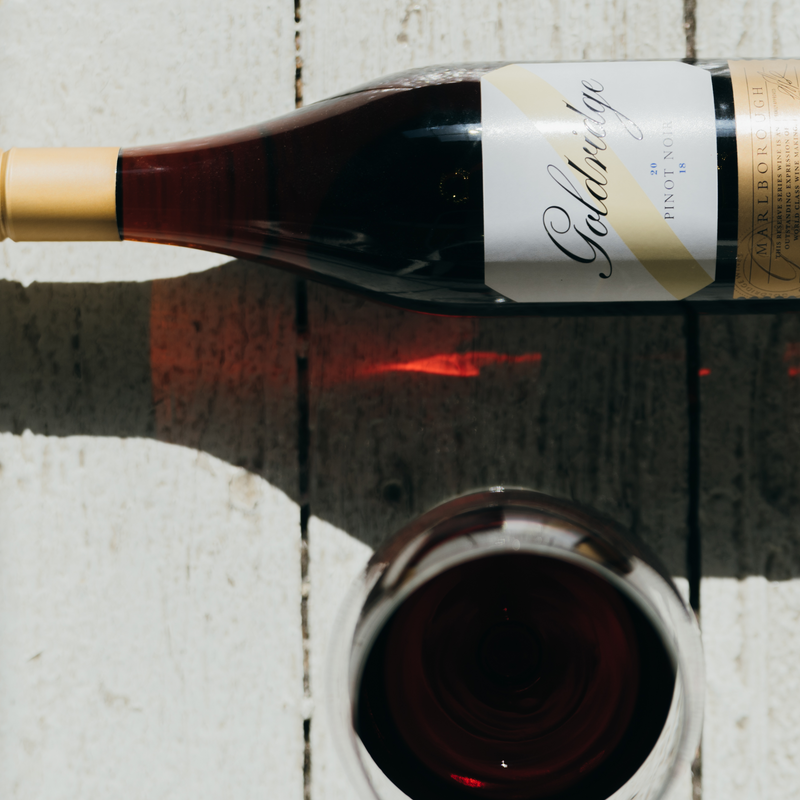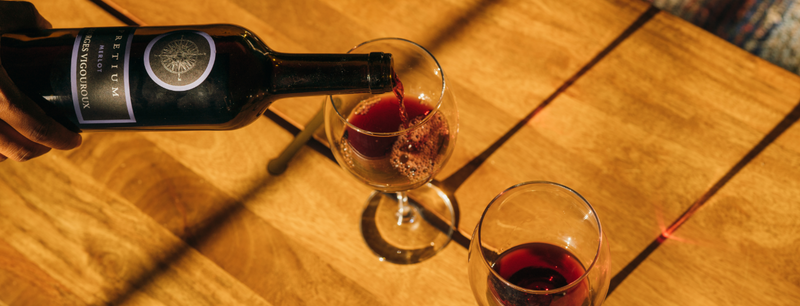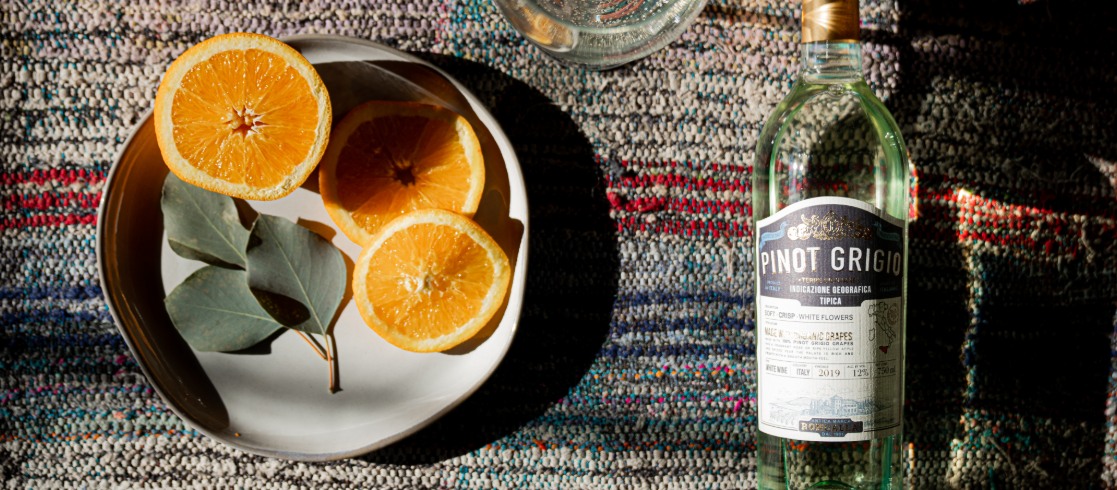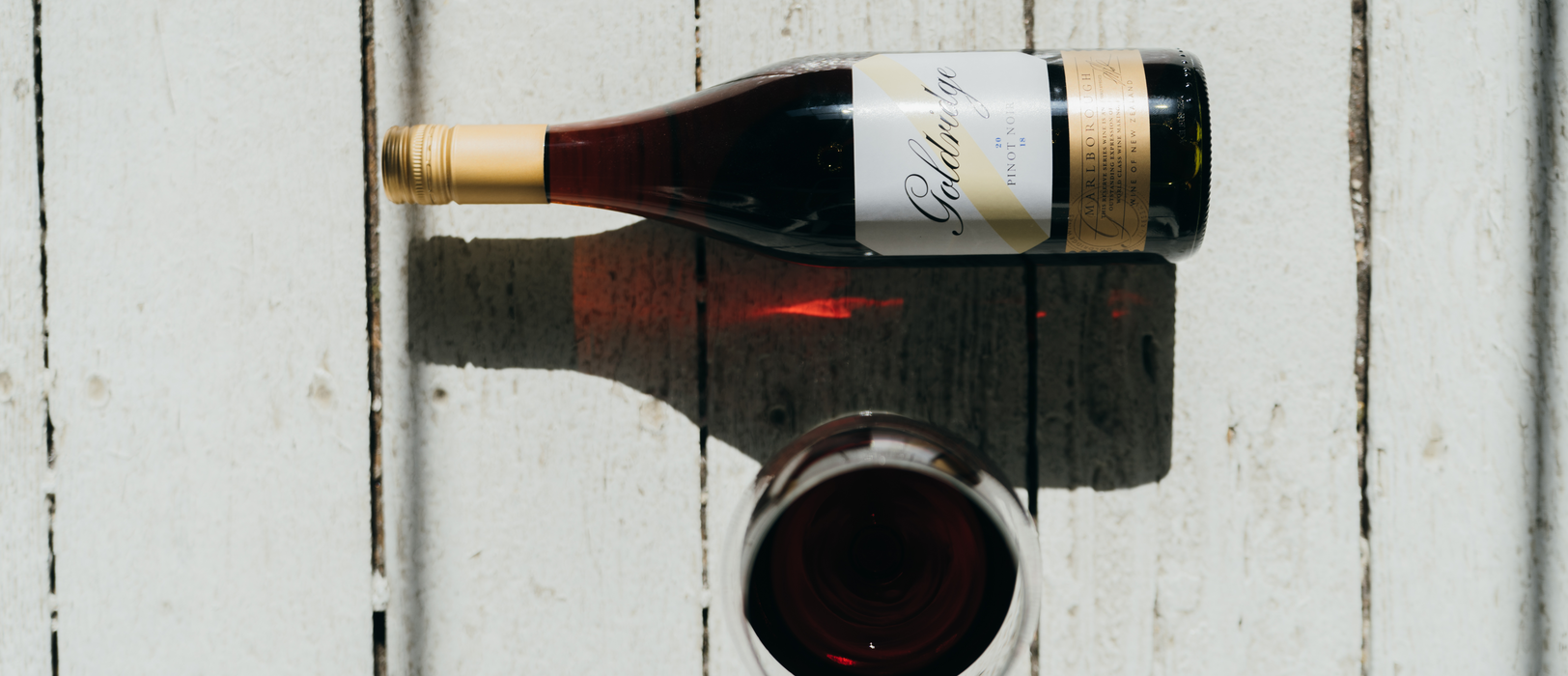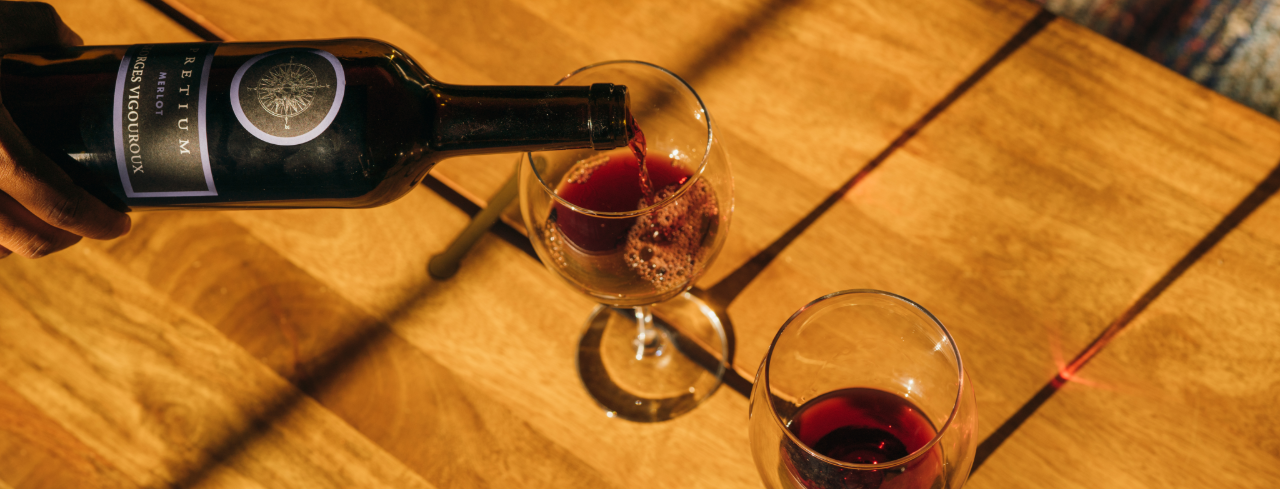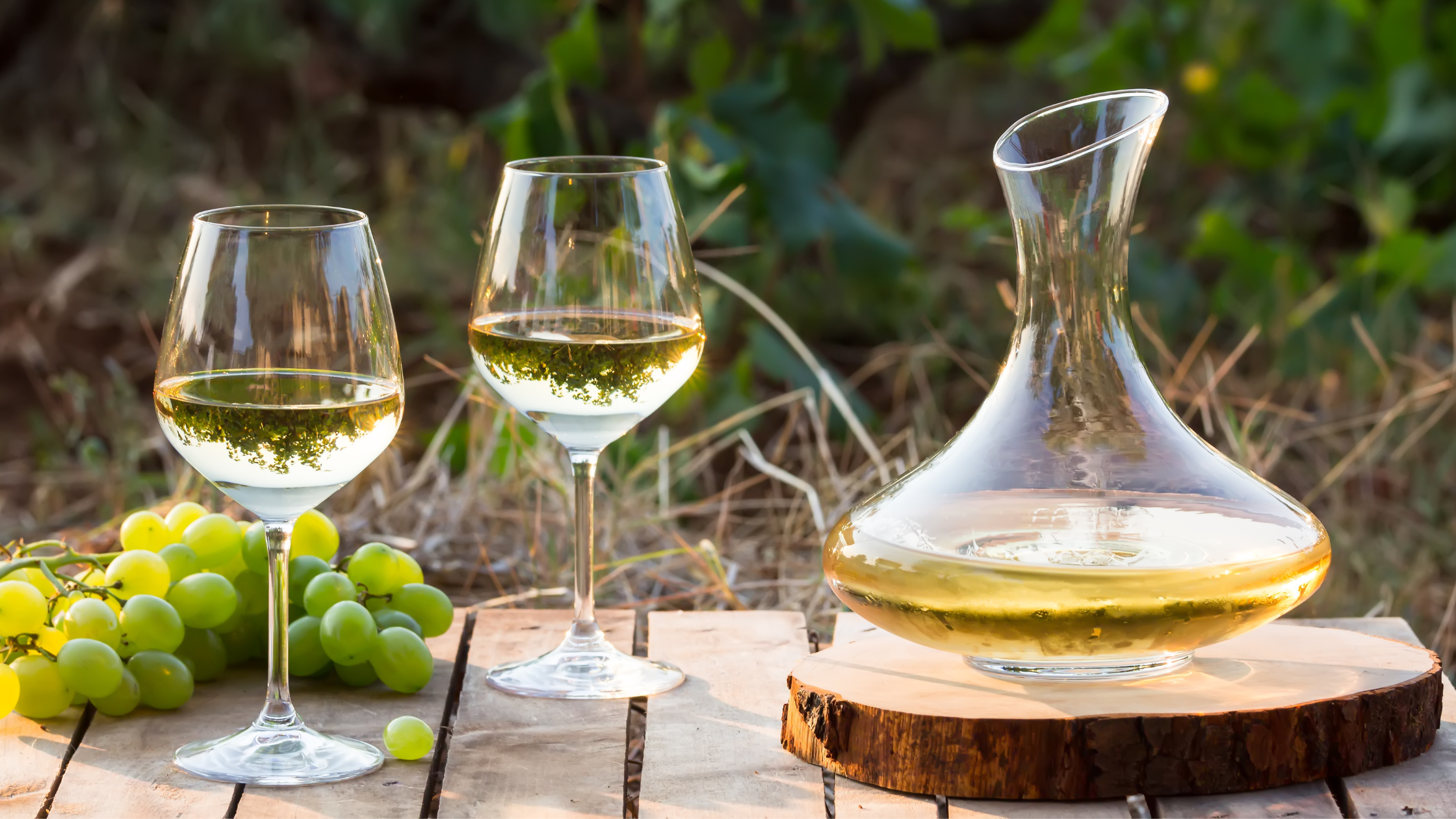
Is Riesling Sweet?
If you’ve attended a summer wedding or had one your own, you’ve likely toasted with glasses of Riesling and Champagne alongside joyous guests.
There’s nothing like sitting back and enjoying the sunshine on a warm day, sipping chilled wine with aromas complimenting the blooming orchards you’re surrounded by.
But is it the wine or the heartfelt celebrations of which Riesling is a part that makes it taste so sweet?
We want to help answer this question, as it can take time to determine whether Riesling is sweet or dry due to its balanced nature.
Let’s get into the makeup of Riesling wine and see if it’s sweet or dry or something in between.
What is Riesling?
Riesling’s origins trace back to Germany, with the first grapes grown along the Rhine River in 1435. Nearly 400 years later, an Archbishop commanded that all the bad grape vines be replaced with Riesling, which caused the varietal to grow in popularity.
By the mid-1800s, Riesling was more expensive and sought after than esteemed French wines like Bordeaux and Champagne. It was considered one of the most fashionable wines at the time.
Riesling grapes are strongly influenced by the terroir or soil in which they grow and thrive in Germany’s clay and slate terrain. It is a late-ripening varietal and grows best in cooler climates.
Now that we’ve addressed a brief history of Riesling and its rise in status, what does this wine taste like?
What Does Riesling Taste Like?
Much like lemonade, Riesling has pronounced acidity levels and fresh citrus aromas.
This wine has perfume scents of jasmine, chamomile, green apple, nectarine, pear, apricot, and honeycomb on the nose.
On the palette, the pop of acidity is strong but nicely balanced with undertones of stone fruit, citrus, and floral flavors. A typical summer Riesling will have a dry to off-dry finish.
That being said, Riesling comes in all types, from sweet to dry and even sparkling.
We’ve separated this zesty wine into young and aged categories to show off its complex flavor profile over time.
Young Riesling
Vibrant, expressive, and fresh, young Riesling is crisp and lightly floral with citrus flavors as bright as its acidity. While these flavors and aromas will be mostly the same, whether on the dry or sweet side, dessert Rieslings take on a more jam-like taste and texture.
Aged Riesling
Opposite of young Riesling, aged Riesling will be an acquired taste for most. It is heavier, more complex, and savory, with notes of dried fruit, dried flowers, caramel, and earthy wax flavors. But there is one particular tasting note you might find out of place.
Aged Riesling is known for having a petrol, burnt rubber taste.
This is due to a component known as TDN, which develops depending on the viticulture practice and climate conditions. Riesling grown in warmer climates is more likely to taste like petrol.
While this may sound odd or unpleasant, this characteristic is actually sought after by experienced sommeliers everywhere.
Talk about an acquired taste!
Now that we’ve talked about the different variations of Riesling, let’s find out where you can find this unique varietal.
Wine Fact: Most dry Rieslings have the potential to age for 5-15 years, while sweeter Rieslings can be aged anywhere from 10-30 years or more!
Where is Riesling Grown?
The Rhine River, where Riesling was first grown, runs through Germany, Austria, Switzerland, and France, so it’s no surprise that it can be found in several different countries today.
Let’s look at some of the most popular locations known for producing the world’s most exquisite Riesling.
German Riesling
It’s no surprise that Germany remains the largest producer of Riesling today, with all thirteen regions participating in the grape’s viticulture.
German Riesling emits pale green and yellow hues with high acidity commonly associated with the wine varietal. Grown along the Rhine River, the Riesling here is medium-bodied with low alcohol and expressions of peach, green apple, and lime.
Riesling, grown in Germany’s Rheingau region, is fuller-bodied with lighter acidity, while the Mosel region is known for grapes with delicate mineral flavors. Because this varietal is strongly influenced by climate and terroir, the structure and expressions will vary.
In Germany’s warmer climates, Riesling emits spicier, more earthy notes.
German Riesling is rarely blended with other varietals and is the preferred grape for Deutscher Sekt, Germany’s most famous sparkling wine.
Austrian Riesling
The Riesling you’ll find in Austria is much fuller-bodied with strong herbal and floral notes. When grown and produced in this country, it is almost always dry and reflects the rocky terrain in its mineral flavors.
It’s time for Austria’s most prolific white wine grape, Grüner Veltliner, to move over before Riesling takes its spot!
French Riesling
Near Germany’s southwest border along the Rhine River, Alsace is known for producing floral, aromatic Riesling with steel mineral flavors, creamy textures, and zingy acidity. These wines are fuller-bodied and typically range from dry to semi-sweet.
Riesling was first planted in Alsace in the 15th century, making up 20% of the vineyards here.
United States Riesling
In Washington State and Oregon, Riesling is dry with tropical fruit flavors like pineapple and crisp, smooth textures for easy sipping.
Finger Lakes, New York is the most notable location in the U.S. with Riesling as a flagship grape.
New York’s winemaking tradition dates back to the 1600s, but unfortunately, many of its original vines were wiped out during the phylloxera epidemic.
It wasn’t until the 1950s that Riesling was first introduced to New York’s viticulture. Today, it is the state’s signature grape variety, with about 85% of New York’s Riesling coming from Finger Lakes.
Australian Riesling
Despite its hotter climates, Australia’s most widely planted white grape variety was Riesling until Chardonnay hit the market in the 1990s.
You can find quality Rieslings in Clare Valley and Eden Valley with oily textures and sweet citrus flavors.
When aged, Australian Riesling produces a toasty honeycomb and lime notes.

Is Riesling a Sweet Wine?
Now that we’ve looked at Riesling's flavor profiles and origins, it’s time to answer the main question, “Is Riesling wine sweet?”
Like most wines, Riesling ranges in variety and can be found across all sweetness levels and sparkling.
Riesling is considered sweeter as it needs sugar to balance its high acidity. In Alsace, it isn’t uncommon for Riesling to undergo chaptalization, which is when extra sugar is added to the grape must during the winemaking process.
Alcohol level will also impact Riesling's sweetness levels on the palette. For example, a lower alcohol Riesling will taste sweeter, while Riesling with higher alcohol levels will taste drier.
Wine Fact: Germans wines labeled “Trocken” are drier due to their increased alcohol.
Below are six different categories of German Riesling sweetness levels for more clarity.
1. Kabinett
The lightest style of Riesling with a bone-dry taste. This style is produced from grapes harvested during the regular harvest season. It will have delicate notes of bright citrus, green fruit, and floral aromas.
2. Spätlese
Made from a late-harvest grape, this type of Riesling has fuller flavors and more pronounced sweetness. This wine is more fruit-forward and bolder, with heavier citrus and stone fruit flavors.
3. Auslese
Moving up in sweetness levels to something more sugary, Auslese has more residual sugars due to its grapes being harvested when they are overripe. Be prepared for tropical fruit notes with this Riesling!
4. Beerenauslese
This Riesling is considered very sweet as its grapes are affected by botrytis or noble rot on the vine before being harvested. Noble rot is a grey fungus that grows in moist climates and can be strategically used to naturally increase a wine grape’s sweetness levels.
This type of Riesling can age for decades as the sugars act as a preservative.
5. Trockenbeerenauslese
Continuing with the theme of noble rot, we’re moving up in sweetness with a category that translates to “dry berry select harvest.” In addition to noble rot, these grapes are allowed to raisin on the vine, adding to their sweetness.
6. Eiswein
It’s time for dessert with the sweetest category of Riesling. Eiswein, or “Ice Wine,” is one of Germany’s most famous sweet wines. With over 200 grams of sugar per liter, this Riesling is like sipping candy!
Now that we’ve got our mouths watering for something sweet and decadent let’s have a quick glance at some of the more ideal food pairings for Riesling.
Best Riesling Food Pairings
Because its acidity and sweetness levels are prominent and balanced, Riesling can handle spicier dishes like Indian and Thai curries.
The more full-bodied the Riesling, the more it can handle heavier meats like pork, while lighter Rieslings will complement shellfish and chicken.
Don’t forget to try this wine with German comfort cuisines as well!
A Wine With Perfect Harmony
Whether the Riesling you’re sipping is a dry style or more suitable as a sweet dessert wine, this wine’s balance of acidity and sugar makes it a favorite of German wine producers and advanced sommeliers.
You’ll never go wrong by pairing Riesling with spicy food or as an alternative to Champagne during those special celebrations.
If you’re interested in tasting this versatile, harmonious white wine, check out our selection of Riesling and see our Wine Insiders Blog for more wine pairing tips, recipes, and more.
